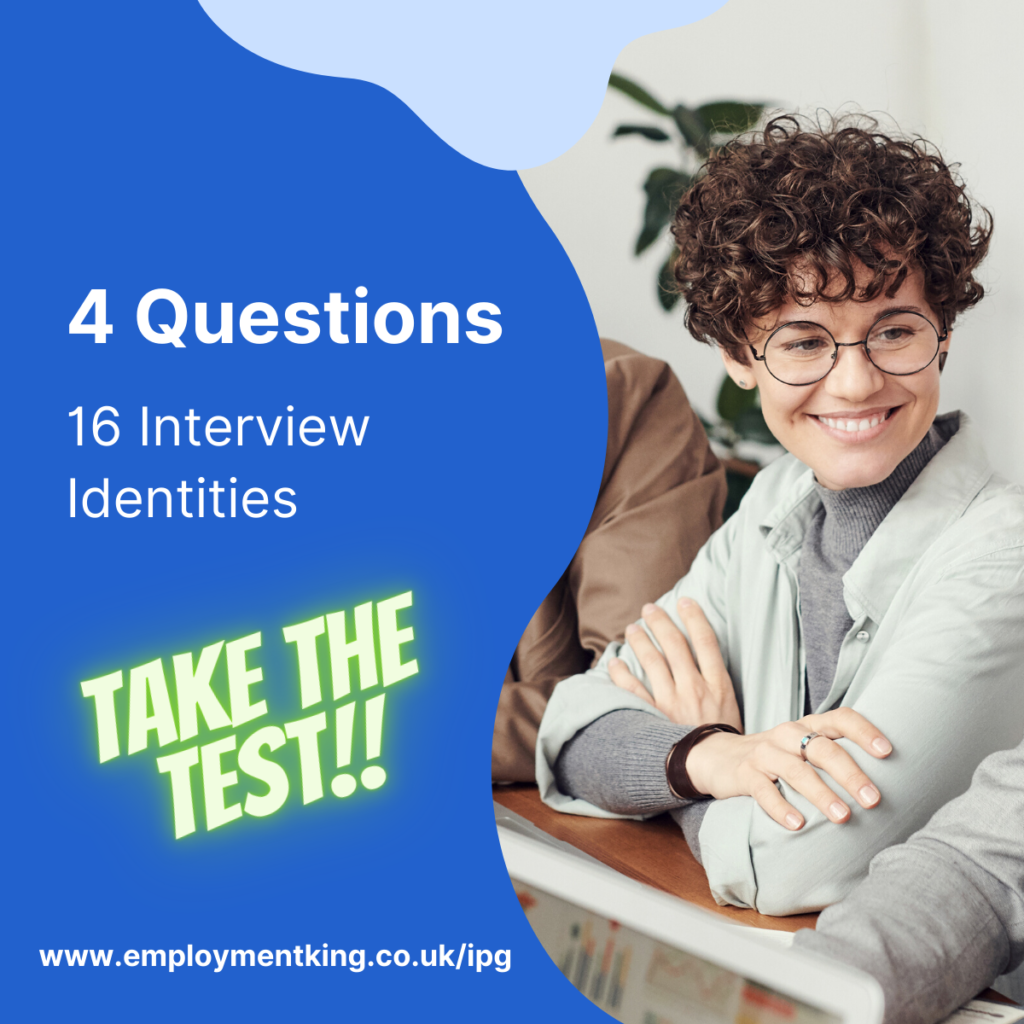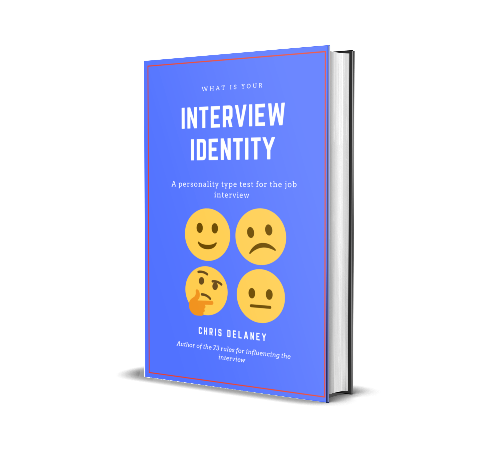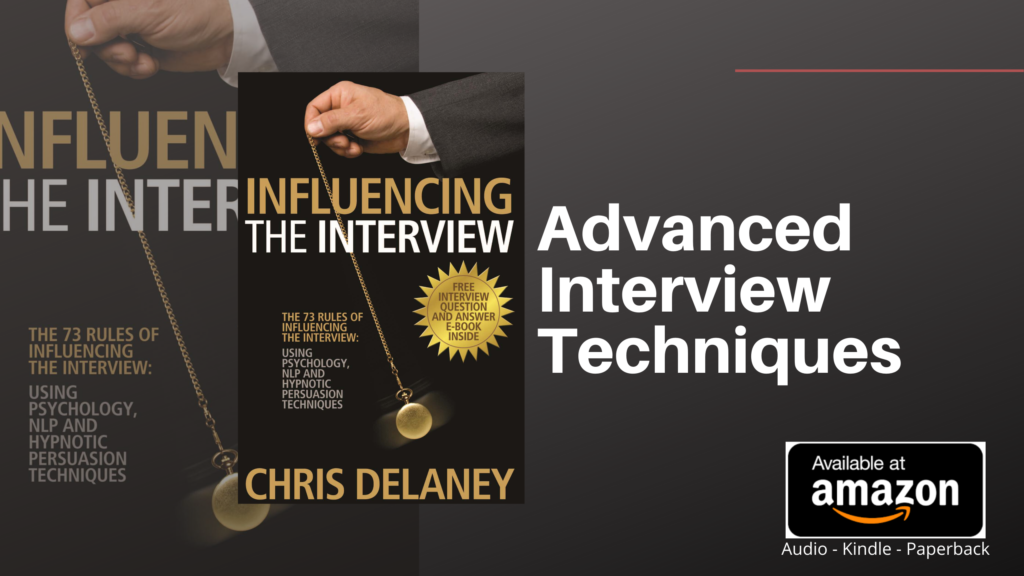The content of a job interview answer, the criteria referenced, is the single biggest influencer of the allocated scores an employer will give during the structured job interview process.
Applicants who constantly fail job interviews, spend on average just 4-5 hours preparing for a forthcoming job interview. Whereas, consistently good interviewees, those who gain regular job offers, will spend 4-5 days in preparation and rehearsal.
The difference between a 4-5 hr prepared interviewee and a 4-5 day prepared applicant is the development of their interview answers. This article will explain how to develop an interview answer to receive high-scoring marks.
Interview Scoring Basics.
Much research shows how employers favor the structured job interview over the informal recruitment process, with behavioral and situational job interviews being the most commonly used interview questions.
Employers mark applicants’ answers against their own scoring criteria on the interview scorecard, with each employer having a personalised system. What this means, is each interview question has a score allocation depending on the type of answer given.
The interviewer, in most cases, to help them accurately score an answer, will have an example reply for a 1-4 scoring system. The example is used as a guide by the employer.
- An interview answer that is irrelevant to the interview question/job role will be viewed as weak, only scoring 1 point.
- Mentioning the job criteria scores higher, but a basic answer isn’t enough for en employer to understand what the applicant can bring to the team, resulting in 2 points.
- A well structured interview answer mentioning the required job criteria for the interview question/job role, as well as clearly stating the actions the applicant took in the example used often results in 3 points.
- Being veiwed as highly knowledgable and experienced, through a confidently delivered answer that shows understanding of sector conepts, models and theories, backed up with a real-life example creates an optomistic interveiw identity, scoring on averrage 4 points.
Job interview Scoring Example.
- 1 = Poor
- 2 = Satisfactory
- 3 = Good
- 4 = Excellent
In addition to the example answer, to help the interview panel compare an applicant’s answer to the ideal answers, the interveiwers will have a minimum scoring criteria that will be used as a benchmark for checking suitability.
If the total number of allocated points doesn’t meet the benchmark, the applicant(s) won’t be offered or considered for the job, even if all the applicants fall under the benchmark score.
- On average 8 interview questions are asked, with a maximum of 32 points. In many cases, an employer will use bewteen 22-25 as a benchmark score.
In short, strong answers that reference the job criteria, receive high points. High-scoring interviewees are consistent in receiving job offers.
Creating an Interview Answer.
Common interview practice is to prepare for a job interview by:
- Reading the job spec and predicting the interview questions
- Creating a reply that showcases the skills or experiences required in the job role
- Completing a mock interview with a career advisor
As a start, the three-step process is good. But, many failed interviewees use this same process.
Why isn’t a positive job interview outcome consistent when following the three pre-interview preparation steps?
Because the answers only give basic information.
Let’s take one of the most commonly asked job interview questions:
“Give me an example of overcoming a problem?”
A basic response, scoring low on the interview scorecard, would be:
“Situation x Outcome”
“In this situation I faced (problem) but in the end I (outcome)”
Another example of a low-scoring outcome is the listing technique. Instead of giving an example, the applicant list tasks relevant to the interview question. Imagine the question was:
“How do you manage your time?”
The applicant may say: “I use diary management, phone alerts, to-do lists, and start with the easiest tasks first.”
List answers do cover a lot of bases, as they list all possibilities. The idea is that list will mention some of the job criteria on the interview scorecard. The problem, though, is the lack of an example, which provides evidence of how you, in this example, manage time in a real working environment.
In addition, giving examples is a form of storytelling. Much research shows how storytelling creates a memorable interview.
In most cases, the career professional will use the STAR method. The STAR technique encourages a more detailed answer.
Chris Delaney, the author of ‘what is your interview identity,’ says:
“highly confident interviewees use a longer and more descriptive interview answer, then low confident applicants. It is the longer interview answers, due to meeting the job criteria, that results in an increase in job offers”
Chris Delaney Author: What is your interview identity.
STAR stands for Situation, Task, Action, and Result.
Returning to the “Give me an example of overcoming a problem?” interview question, the applicant using the STAR technique will add additional elements to the basic ‘situation x outcome’ answer.
A STAR method interview answer would something along the lines of:
Situation: “The barrier we faced was a decrease in customer orders..”
Task: “It was my responsibility to complete a marketing campaign to increase customer orders…”
Action: “I did this by using Google pay-per-click advertisements…”
Result: “The result of this was a massive increase in orders during the pay-per-click campaign.”
Even with a little more meat on the bones, a basic STAR interview answer doesn’t make the cut.
Think about it. A 49-word answer is delivered in less than a minute.
The answer, even though it shows a journey, at a basic level says: To increase sales I create a Google Ad.
The employer thinks: “To be honest, anyone can create a Google Ad, so why should I hire this individual?”
Ask yourself, what will make me stand out from the crowd? What is my unique selling point?
Ok, we know through the STAR answer, the Ad created worked: Result: “The result of this was a massive increase in orders during the pay-per-click campaign.” But, is this enough detail to score more than 2 points?
In the job interview, employers are reviewing more than just the interview answer. At the back of the interveiwers mind, they are thinking:
- How will this applicant fit in within the current team, structure, and company values?
- What impact will the applicant have on (team/sales or productivity/customer and stakeholder relationships/employers time)
- How does this candidate compare to the other interveiwees?
Create High-Scoring Interview Answers.
To answer any job interview question the applicant needs to show:
- Understanding of the job interview question
- Thought process – why they choose certain actions
- Long-term impact
The three elements must be embedded seamlessly within the job interview answer.
Let’s return to the STAR example answer. And review, what is missing.
Situation: “The barrier we faced was a decrease in customer orders..”
Each situation described, should be detailed enough to make it clear to a new employer why there was a need to take action. Ideally, the example chosen will be a similar barrier or goal that the new employer we face.
A more detailed version of “the barrier we faced was a decrease in customer orders…” is:
“Working for a small online retailer, the business at first did well prior to the large retail businesses promoting their online stores. Each year saw a fall in online sales and customer orders.”
If the new employer, for this example, was also a small online retailer the additional detail will give context and create understanding, the example is easy to relate to.
This shows the power of choosing the most appropriate examples depending on the employer. If the same applicant was applying for a well-known (large) high-street retailer, the example used could be reframed or a new example chosen.
- A similar example but from a different position in a larger organisation
- Reframed; the situation was’ competing online against a larger retailer’, rather then the focus of the interview answer being on losing business
- Using a different ‘problem’ the candidate had overcome
Task: “It was my responsibility to complete a marketing campaign to increase customer orders…”
The task section should start by explaining the consequences of not successfully completing the tasks that will be stated in the interview answer:
“The managing director had told us that we had 12 months to increase sales or the organisation may have to look at redundancies.”
High-scoring interview answers are specific and filled with data. A more detailed answer allows the interview panel to compare the tasks and goals vs the outcome.
A more specific version of the above example could look like this:
“The managing director had told us that we had 12 months to increase sales by 45% or the organisation may have to look at redundancies. This meant generating around 3000 new customers each month, each spending an average of £50 per purchase“
The task section could also state the project/company tasks as well as the applicants individual tasks:
“The marketing team was tasked with creating a 12-month marketing plan covering new lead generations, increasing up-sales on the webpage, and building a customer loyalty base. My task was to design Google Ads to increase the website visitors by an additional 25%”
Action: “I did this by using Google pay-per-click advertisements…”
The most important section of the STAR interview method is the Actions segment.
The explanation of the ‘actions’ section must include ‘I’ not ‘We’. Employers are always looking at the applicant’s skills and experience. The common use of ‘we’ can dilute the answer, as the interviewer may be unsure of the applicant’s part in the process.
This part of the interview answers needs to be meaty. The “I did this by using Google pay-per-click advertising” doesn’t cut the mustard. When stating actions add more meat to the bone.
Actions should be broken down into three sections:
- Research/Creative problem-solving
- Choosing options
- Actions
The mistake made by many career professionals is listing the actions they took. In most situations, several pre-action tasks are first completed.
With our example, the candidate would first research what makes a successful Google Ad. With this insight, the applicant would next create several designs, discarding some and improving others.
Highlighting the thought-process in an interview, helps the employer to get to know you: how you work, your motivation, work ethic, and creative problem-solving skills.
This is important as the number one, most in-demand skill is creative problem-solving.
In addition to the idea generation, employers want to understand a potential employees decision-making process:
- Do you follow procedures or prefer being innovative?
- Are decison made based on how they affect others or on data/facts?
- Was the choose made from the perspective of the company or the team/individual?
- Do you need to be told to make a certain decison or can you make up your own mind and defned your choice, even if the choice is unpopular?
Decision-making is viewed as so important that companies like Amazon ask interview questions based on their leadership principles, including decision making.
Finally, the candidate can end this section of the interview answer by stating the actions they took.
“As our current pay-per-click campaigns weren’t being effective, I first undertook some research on what type of advert attracted customers who are wanting to purchase our type of product. The advert we currently had running was costing around £10000 per month but only generating around £7500 of sales. My research has shown how generic adverts increase clicks but not necessarily sales, especially in a company like ours which has niche products.
I created several adverts that were able to market the product in an intriguing way, to increase clicks but to decrease clicks from potential clickers who wouldn’t purchase the products, This was easily achieved by adding the cost of the goods to the advert itself.
The adverts were run simultaneously to test which advert was most successful. I did this for a two-week period and then fed the results back during the marketing meeting.”

Result: “The result of this was a massive increase in orders during the pay-per-click campaign.”
With the meat on the bone, it’s time to put the icing on the cake.
The original idea, of choosing a situation or example that the employer can relate to, comes full-circle in the results segment of the STAR process.
This is because, hopefully, the actions segment has given the employer something to chew on. A new idea, a new perspective, another way they can overcome their (similar) problems.
The final part of the interview answer must be positive. It should state not only the outcome but the specific changes that had occurred through the applicant’s actions.
“By split-testing the ad campaigns I was able to understand the specifics that increase clicks by paying customers. After the results were shown in the marketing meeting I was given a £10000 budget to run the Google Ad account for 6 months. In the first month, the campaign made a 22% profit, by month three this had increased to 45%, and by 6 months the campaign, after a little tweaking was running at a 75% profit margin.”
Outcomes can also be extended, which highlights the impact of an idea, action, or person.
“Due to the success of the project, we were able to use the same learning to market other company products and services through a pay-per-click campaign, resulting in 70% of turnover coming from Google Ads. I am now working on a Facebook campaign with a projected turnover of £80000 in 6 months.”

Additional detail.
It is clear to see how the additional detail embedded into a STAR interview answer will create a higher-scoring interview answer.
The answer’s goal is to assist the interviewee to be seen as highly knowledgeable and experienced.
Additional ways to achieve this are to:
- Talk about sector models and theories
- Explian the pro’s and con’s of ideas
Models and Theories Interview Technique
Interview answers can begin by stating the relevant model or theory. As an example, the stakeholder matrix theory explains how a person can work collaboratively with stakeholders. Or, the time management matrix is a model that helps to prioritise tasks.
Referencing industry-relevant theories and models in the interview answer highlights a level of knowledge, as the model is explained as a step-by-step process. The example given can then ‘show’ the employer the model in practice.
Pros and Cons Interview Answer
Discussing both sides of a coin shows understanding.
Many career professionals have a preferred way of working or approaching tasks as they use what has previously worked – they are comfortable with routine.
But not all situations are the same. An employer will prefer an applicant how can see all perspectives, someone who can come shines a new light on an old problem.
When discussing an idea or task, or even a piece of technology, the applicant can show awareness by discussing the good, the bad, and the ugly. Rather than having one strong opinion, the applicant is showing a level of expertise.
Some employers will have a strong opinion. In this case, talking about the pro’s and con’s will help to build rapport, as one string opinion that differs from the employer’s own belief can create dislike.
In this situation, applicants can hedge their bets by answering all options in all ways, ensuring one of the elements of the interview answer will resonate.






